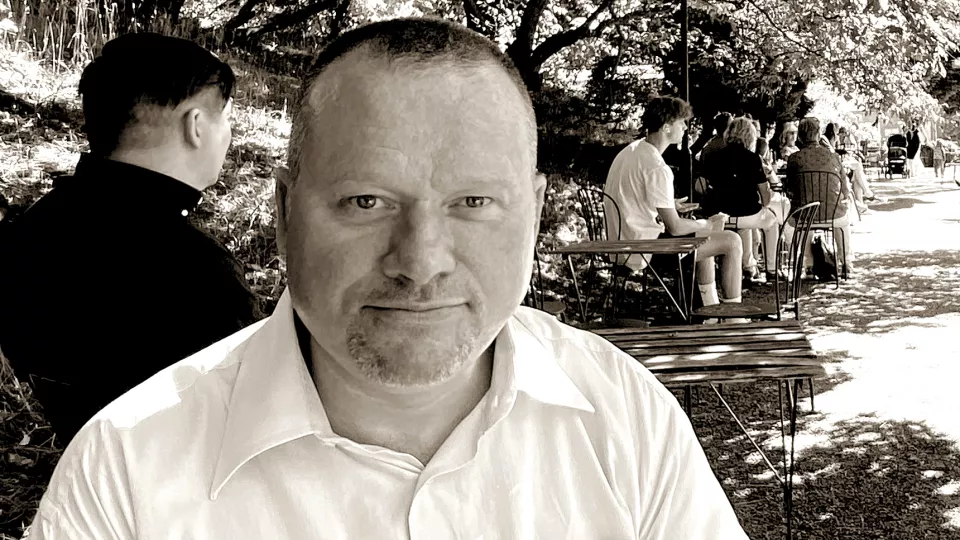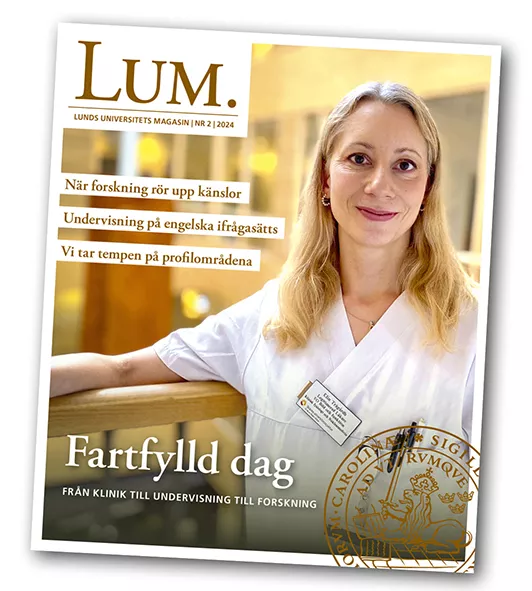Oliver Scharbrodt came to the University last spring after taking up Sweden’s only professorship in Islamic Studies.
“I was attracted by the fact that Lund is one of Europe’s classic top universities and that there is an interesting environment here around the Centre for Middle Eastern Studies,” says Oliver Scharbrodt, who is originally from Germany but has spent the last few decades working at British universities.
A lot of tension in France
He is an expert on Shia Islam, the second-largest branch of Islam, and has studied the religion in a European context. For several years, he edited a yearbook compiling trends among European Muslims:
“It may seem contradictory, but the normalisation of Islam in Europe has unfortunately also led to more conflicts and increased Islamophobia,” he says. “But it’s not really that surprising. As a newcomer to a country, you don’t want to make much of a fuss, but over time the demand to be part of the new society on your own terms increases. Anything else would mean assimilation, not integration.”
The country with the highest level of conflict is France, he says, because it wants to strengthen secular society by banning religious expression in public places.
“It’s more difficult for Muslims than for Christians because Muslim symbols are more visible and an integral part of their lives,” says Oliver Scharbrodt.
Leading an ERC project
Oliver Scharbrodt is currently leading a major ERC project on religious and political mobilisation among Shia Muslims, who have historically been excluded from power in the Middle East. In terms of numbers, they make up almost half of the Middle East’s Muslims, but they are a minority in all countries except Iran, Iraq, Azerbaijan and Bahrain.
The most significant religious and political boost for Shiism came with the Iranian revolution in 1979. The overthrow of Saddam in Iraq in 2003 also meant that, for the first time, the country’s Shiite majority could have a say in its politics.
There is a perception today that Shiites are unilaterally allied with Iran. Oliver Scharbrodt wants to challenge this idea in his ERC project:
“Most Shiites want to maintain their independence from Iran while counting on the country’s support on key political issues. Iran is a strategic partner that people want to keep in check,” he says.
How are Shiites in Europe affected by what is happening in the Middle East and vice versa?
“Everything that happens in the Middle East spills over to Shiite communities in Europe. But influence also goes in the other direction. An example of this is the Shiite activists in Iraq who previously wanted an Islamic state, similar to the one in Iran. In the 1990s, that picture began to change, thanks in large part to Shiites living in the diaspora, particularly in London. They did not want to go from one dictatorship to another.”
"A government must deliver"
Today, despite chaos and corruption, Iraq is one of the more democratic countries in the Middle East. In other places, the development of democracy is halting. The Arab Spring has mostly led to disappointment, says Oliver Scharbrodt, and the only country that became a democracy, Tunisia, is slowly dismantling it again.
“If a government fails to deliver what people want most, that is work, stability and prosperity, then it is less important that it has been elected by the people,” says Oliver Scharbrodt.



